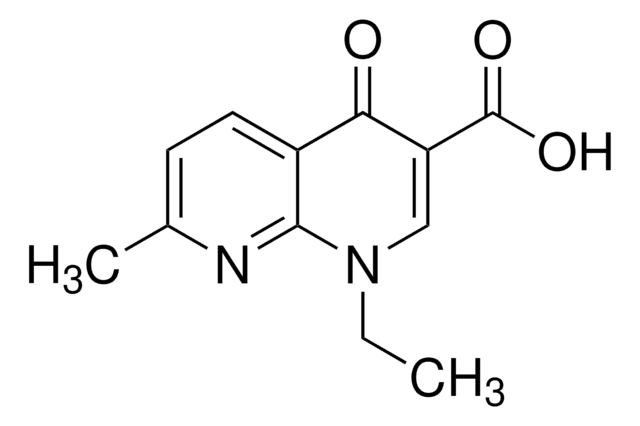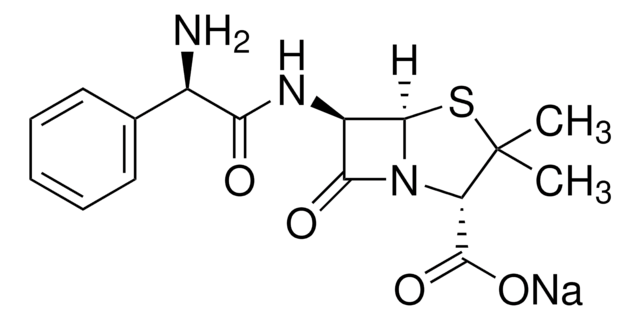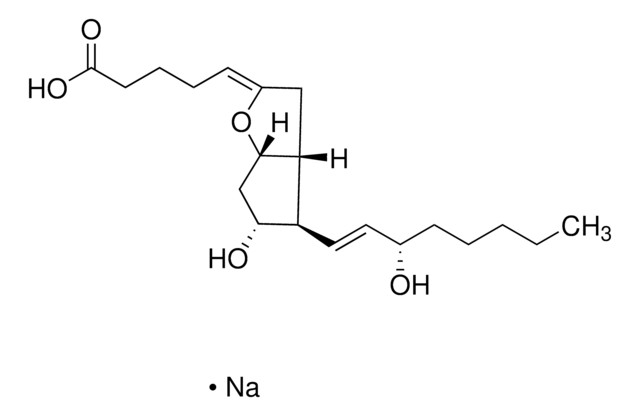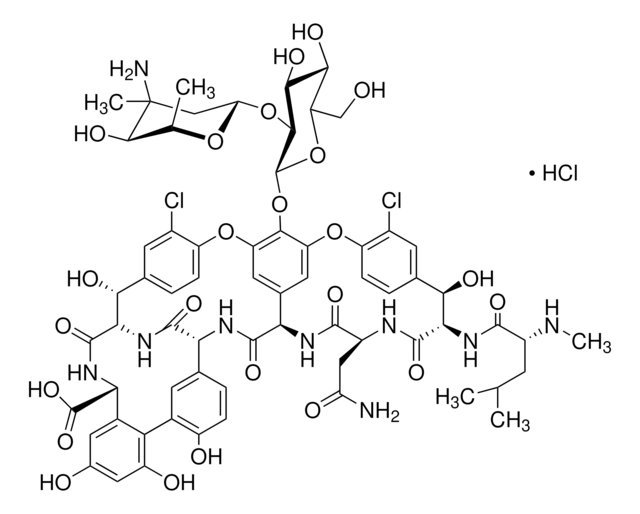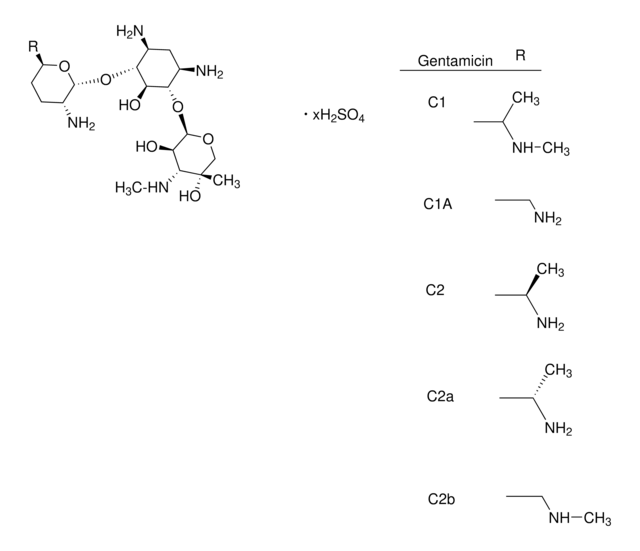1.17278
HEPA H13 Filter
74 mm, Exchange filter, for use with MAS-100 NT® (with filter), for use with MAS-100 Atmos®
About This Item
Recommended Products
material
polypropylene filter
Agency
non-compendial
feature
filter
manufacturer/tradename
MAS-100 NT®
application(s)
air monitoring
cosmetics
food and beverages
pharmaceutical
compatibility
for use with MAS-100 Atmos®
for use with MAS-100 NT® (with filter)
1 of 4
This Item | 1237600 | 1140666 | BP1061 |
|---|---|---|---|
| manufacturer/tradename BP | manufacturer/tradename USP | manufacturer/tradename USP | manufacturer/tradename BP |
| grade pharmaceutical primary standard | grade pharmaceutical primary standard | grade pharmaceutical primary standard | grade pharmaceutical primary standard |
| form solid | form - | form - | form solid |
| shelf life limited shelf life, expiry date on the label | shelf life - | shelf life - | shelf life limited shelf life, expiry date on the label |
| format neat | format neat | format neat | format neat |
| application(s) pharmaceutical | application(s) pharmaceutical (small molecule) | application(s) pharmaceutical (small molecule) | application(s) pharmaceutical |
General description
Application
Legal Information
Certificates of Analysis (COA)
Search for Certificates of Analysis (COA) by entering the products Lot/Batch Number. Lot and Batch Numbers can be found on a product’s label following the words ‘Lot’ or ‘Batch’.
Already Own This Product?
Find documentation for the products that you have recently purchased in the Document Library.
Customers Also Viewed
Articles
Apoptosis regulation involves multiple pathways and molecules for cellular homeostasis.
Cell cycle phases (G1, S, G2, M) regulate cell growth, DNA replication, and division in proliferating cells.
Related Content
Apoptosis, or programmed cell death (PCD), is a selective process for the removal of unnecessary, infected or transformed cells in various biological systems. As it plays a role in the homeostasis of multicellular organisms, apoptosis is tightly regulated through two principal pathways by a number of regulatory and effector molecules.
n proliferating cells, the cell cycle consists of four phases. Gap 1 (G1) is the interval between mitosis and DNA replication that is characterized by cell growth. Replication of DNA occurs during the synthesis (S) phase, which is followed by a second gap phase (G2) during which growth and preparation for cell division occurs. Together, these three stages comprise the interphase phase of the cell cycle. Interphase is followed by the mitotic (M) phase.
Our team of scientists has experience in all areas of research including Life Science, Material Science, Chemical Synthesis, Chromatography, Analytical and many others.
Contact Technical Service